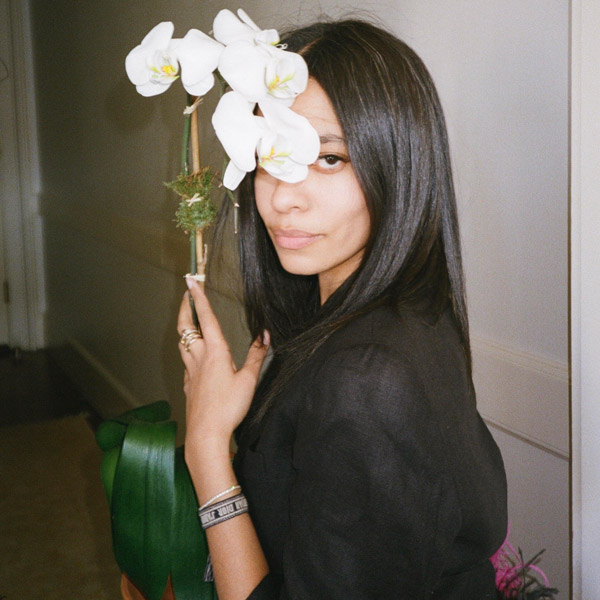
I so envy the people who can interview celebrities—or even just people they idolize or admire—without crumbling to pieces. I cannot. I mean, this is Aurora James. Aurora James! An incredible force in the fashion industry, an icon of sustainability, a newly minted Vogue cover person.
As founder and creative director of Brother Vellies, a Brooklyn, N.Y.–based retailer founded in 2013, James connects shoppers of luxury accessories with the makers of those products from all over the world. Brother Vellies was initially started to preserve Africa’s shoemaking craft while creating new jobs for its artisans—starting its work in South Africa, then Kenya and Morocco—and has since expanded to a global effort, making its goods in places such as Mexico, Italy, Haiti, and right at home in New York City.
In June, James introduced the 15 Percent Pledge—an initiative that was born of asking how the fashion industry could do more than simply offering their statements of support for the Black Lives Matter movement. The concept is simple: Black people represent 15% of the U.S. population—in turn, big retailers should ensure the same percentage of their shelf space comes from Black-owned businesses. The pledge has made strides, amassing big names such as Sephora, Vogue, West Elm, and Rent the Runway. I think this is just the beginning.
Did I mention that James was just on the cover of Vogue‘s September issue? There were two, actually, and James was featured gloriously on one—painted by 31-year old New York artist Jordan Casteel. “I believe that what Aurora is doing is hugely important in creating the long-term change that Black people deserve and this country owes us,” Casteel told Vogue in an interview. “I see her as a light in a lot of darkness, and a potential for hope, a representative of change across all creative industries.”
Below, I somehow managed a few questions for Aurora James—with answers that I hope our industry can use to make a difference too.
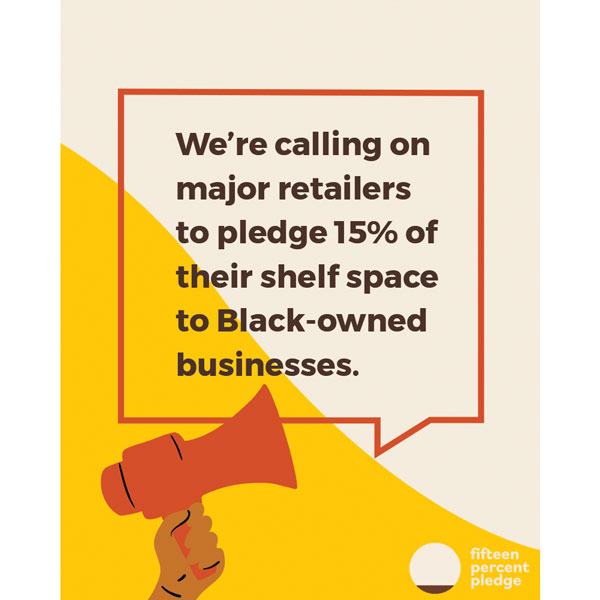
Let’s talk about the 15 Percent Pledge, which is asking brands to dedicate 15% of their stock to Black-owned businesses. Can you give us an update on the recent companies to take the pledge?
In addition to Sephora, West Elm, Rent the Runway, and MedMen, we have since had Vogue US and most recently, Yelp. Yelp, while not a traditional retailer, recognizes that it has the unique opportunity to help consumers realize their purchasing power when it comes to supporting Black-owned businesses. Searches for Black-owned businesses have increased significantly, indicating that consumers are dedicated to supporting Black communities and entrepreneurs.
You’ve amassed some really big, high-profile brands to take the pledge and continue calling on major retailers to do so. What are your thoughts on inspiring small businesses to do the same?
We think it’s amazing that so many small, local independent retailers want to change the way they exercise their influence over consumers as well as how they support other businesses. As a team, we have made a decision to currently focus on major retailers, as we feel they can have the most economic influence on the Black community and in closing the financial inequality gap. But we absolutely support small businesses in their effort.
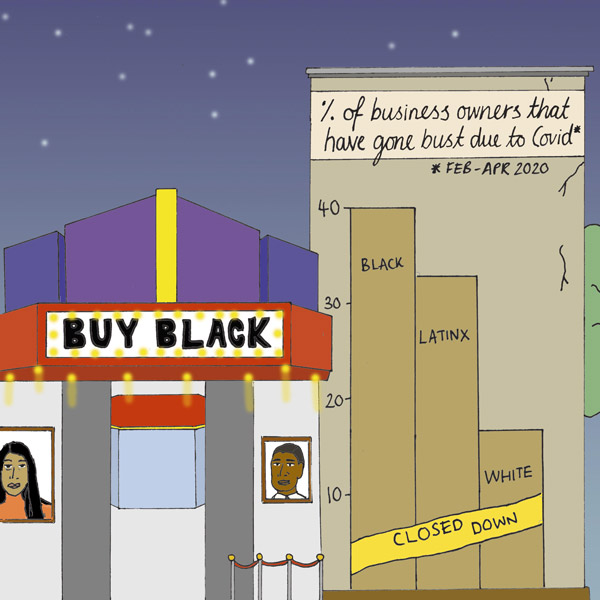
It would be amazing if every independently owned jewelry retail business could take the 15 Percent Pledge. I think the hardest part for those committed is not actually stocking product by Black designers, but discovering new voices in an underrepresented arena. Just this year our industry has been introduced to an impressive roster of Black artists who, quite frankly, should have been “discovered” ages ago. How can we—retailers, the press, everyone who has a hand in publicizing these talents—go further? Do you have any recommendations or sources on finding more Black-owned jewelry businesses?
We have put the responsibility on many retailers and press to do the research and find the Black-owned businesses, artists, creatives, designers, etc., that will work for their businesses. These brands are out there, we just need to dig deeper and not take what is readily available to us. The 15 Percent Pledge also just launched its Consumer Commitment—a way for individuals to take the pledge in their own lives. It is built around taking inventory of one’s own spending power and what businesses they purchase from, as well as calibrating that spending power so that 15% of monthly buying goes toward Black-owned businesses.
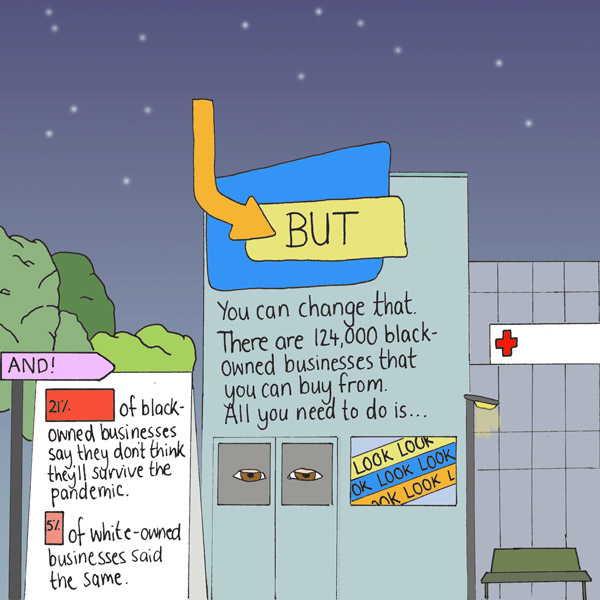
The Instagram account @blackownedeverything is a good source of curated product from Black-owned businesses. What struck me, though, was the description in its profile: “For when the trend is over.” It’s a statement that conveys skepticism, perhaps rightfully so, at the current movement—like it’ll believe it when it sees it. So, how can businesses answer that call, to ensure these practices take root in their core values, well beyond the limits of performative support—real, permanent change?
This is a great question. Right after the tragic killing of George Floyd, we saw a lot of brands and influencers from across industries posting messages of solidarity, but not actually changing anything about their business. They say they stand with the Black Lives Matter movement but don’t have diversity in their boardrooms or in the content they put out. The goal of the 15 Percent Pledge is that we instill long-term change within these retailers’ buying strategy and that they continue to invest in the future of the Black community. Many of our strategies that we are developing with the retailers span five or more years. We aren’t looking for the change, or the minimum to be met, overnight. We are also asking them to develop strategic programs that will help onboard many of these brands and set them up for success. Fifteen percent is the least they can do. And I hope that as an industry we continue to evaluate what business as usual looks like and start thinking more about our supply chain, how we are actually treating the people we work with, and what imagery we are putting out there to inspire people to shop, because, often times, a lot of it has been rooted in trying to make women feel less than, and I think we should try to focus instead on having women feel like the best versions of themselves. This is what meaningful change can look like.
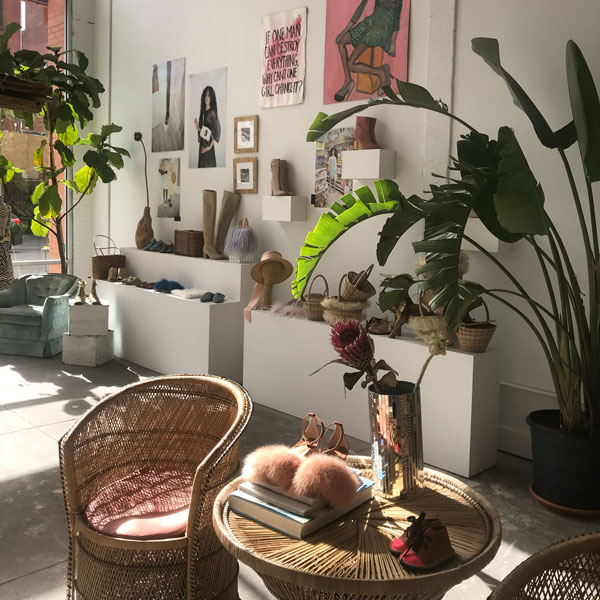
On Brother Vellies: What are the biggest things you’ve learned from running a business during a pandemic? What sort of changes have you had to make, and do you think any of them will permanent?
As the pandemic was growing, we started thinking about what the Brother Vellies community needed at a time when leaving your home wasn’t an option. We worked on creating small-batch items that we hoped would bring beauty and comfort into the lives of our community, and this grew to be our Something Special program. By signing up to the program, our Something Special community members receive a little surprise every month that we hope makes them smile. We also added a section to the website called the Bodega: a selection of thoughtfully made, small-batch products for your home and life, all under $100 and made in collaboration with our artisans and friends. Being able to pivot our business in this way allowed us to keep all of our employees and continue to work with our artisans around the world. We’re hoping to keep this program going for as long as we can!
You sell luxury online, something that has only recently become quite the norm. What’s your advice for retailers struggling to transform their brick-and-mortars to e-commerce?
Keep it simple and keep it authentic.
What are your goals (business or personal) for the remainder of 2020?
We have come so far with the 15 Percent Pledge in such a short time, but I’m really looking forward to seeing it grow and to bringing on more retailers. My goal is something you mentioned earlier, to make sure this isn’t a trend, that this change sustains.
Follow JCK on Instagram: @jckmagazineFollow JCK on Twitter: @jckmagazine
Follow JCK on Facebook: @jckmagazine